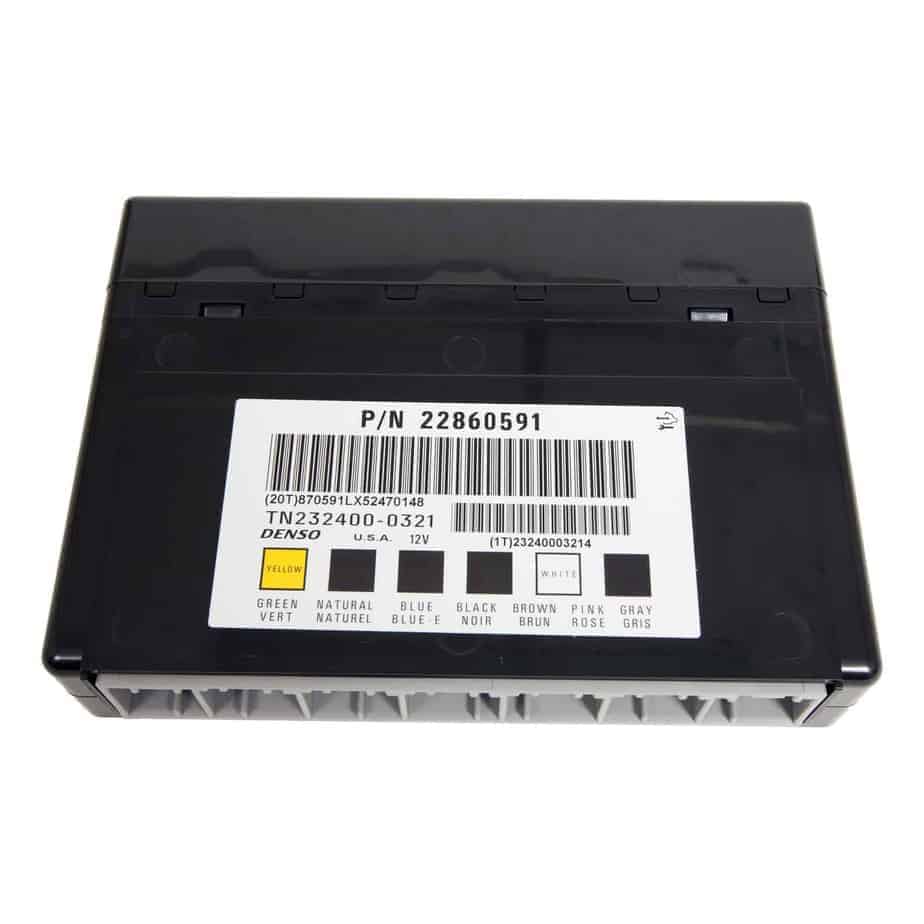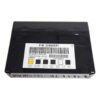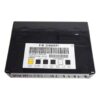Is Your Savana 2500 Plagued by Electrical Gremlins?
When your GMC Savana van—the backbone of your business—starts acting up with bizarre electrical issues, it’s more than an annoyance; it’s a threat to your livelihood. Flickering interior lights, power windows that won’t budge, a security system that has a mind of its own, or worse, a van that refuses to start can bring your workday to a grinding halt. These are classic signs that the Body Control Module (BCM), the central computer for your van’s accessories, is failing. It’s time for a reliable, no-nonsense solution that gets you back on the road and back to work, fast.
Common Symptoms & Your Direct Solution
A failing BCM can manifest in numerous frustrating ways. If you’re experiencing any of the following, this pre-programmed module is the definitive fix you need:
- Intermittent or non-functional power windows, door locks, or mirrors
- Erratic interior or exterior lighting behavior
- Problems with the radio or instrument cluster displays
- Security system faults or the engine failing to crank
- Unexplained battery drain when the vehicle is off
This replacement 2008-2012 Savana 2500 Body Control Module is engineered to restore your van’s full functionality. We take the guesswork out of the repair by programming the unit specifically to your vehicle’s VIN before it ships, ensuring a seamless integration with your existing systems.
An Expert’s Note on Installation & Downtime
As a technician with over two decades of experience, I’ve seen countless hours and dollars wasted on module replacements. The single biggest headache is the programming. Towing your van to a dealer, waiting for an appointment, and paying high labor rates for a 30-minute programming job is a major drain on your time and wallet. By providing us with your VIN at checkout, you bypass that entire process. We flash the module with the latest GM software updates specific to your Savana. This means you can get the job done in your own garage or shop, drastically reducing the downtime that costs your business money.
Features That Get You Back in Business
- ✔ VIN-Programmed for Your Van: Arrives ready for installation, saving you a costly trip to the dealership for programming.
- ✔ Direct-Fit Replacement: Designed to replace a wide range of original part numbers, including 15819552, 22860591, and more, ensuring perfect compatibility.
- ✔ Restores Full Functionality: Eliminates the erratic electrical issues caused by a faulty BCM, from power locks to instrument cluster operation.
- ✔ No Core Charge: Keep your old part. There’s no need to worry about the cost or hassle of shipping a core back to us.
- ✔ Reliable Performance: This unit is backed by our one-year replacement warranty.
Don’t let a faulty computer dictate your work schedule. This pre-programmed 2008-2012 Savana 2500 Body Control Module is the most efficient and reliable way to solve your van’s electrical problems and restore its dependable operation. Take control of your repair and get your essential vehicle back in service without delay.
Frequently Asked Questions
Do I need to do any programming after I install this BCM?
No. We program the module to your vehicle’s VIN before we ship it. In most cases, it is a plug-and-play installation. However, some vehicles may require a simple relearn procedure for certain systems, such as the brake pedal position sensor or airbag system, which can be performed with a compatible scan tool.
What is a Body Control Module and what does it do?
The Body Control Module, or BCM, is a computer in your Savana that controls and monitors most of the non-engine related electronic functions. This includes power windows, door locks, interior lights, the security system, wipers, and more. When it fails, these systems can behave erratically or stop working altogether.
Why is my airbag light on after installation?
If the airbag warning light is on after you install the new BCM, it means the BCM and the airbag’s computer (SDM) need to be synced. A professional scan tool is required to perform the ‘Setup SDM Primary Key in BCM’ procedure. This is a standard security step for many GM vehicles.
How do I provide my VIN number?
After you complete your purchase, you will need to send us your 17-digit Vehicle Identification Number (VIN). We cannot ship your order until we receive the VIN, as this information is essential for programming the 2008-2012 Savana 2500 Body Control Module correctly for your specific vehicle.
Is this compatible with other GM vans and trucks?
Yes, this BCM is compatible with a very wide range of GM vehicles, including the Express Van, Acadia, Traverse, Tahoe, and many others. Please check the detailed fitment list on this page to confirm it matches your specific make, model, and year.


